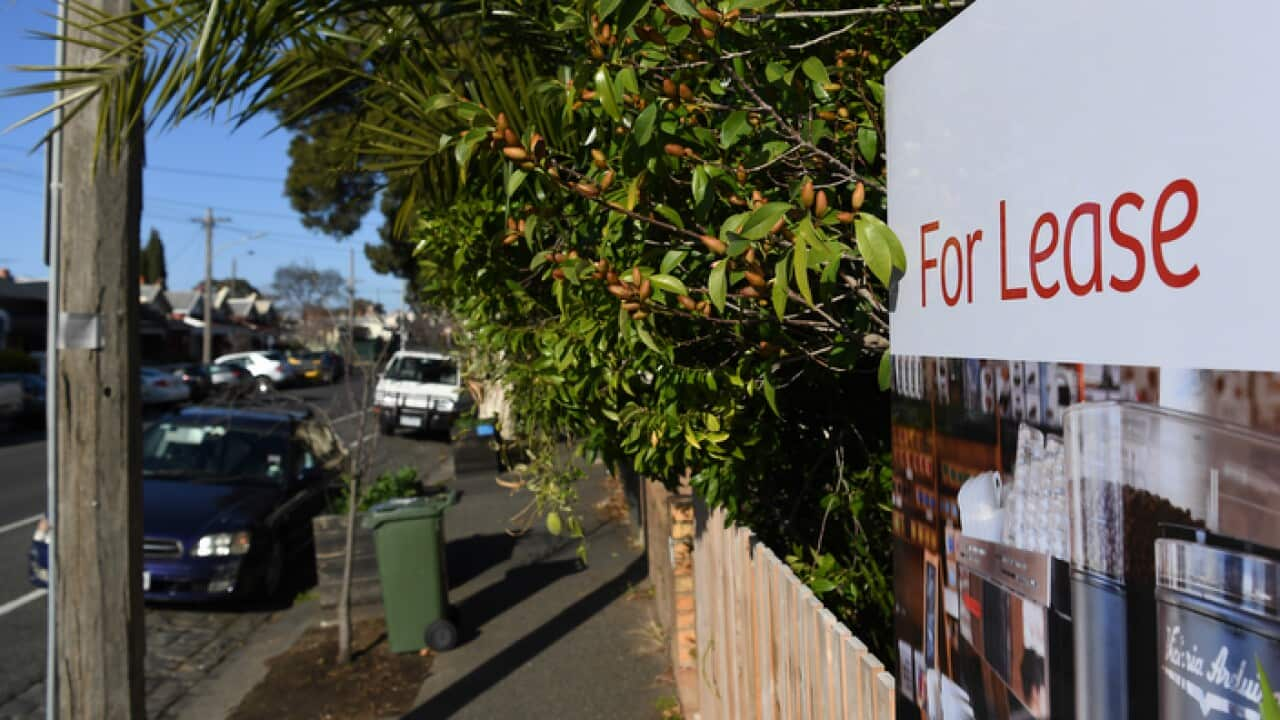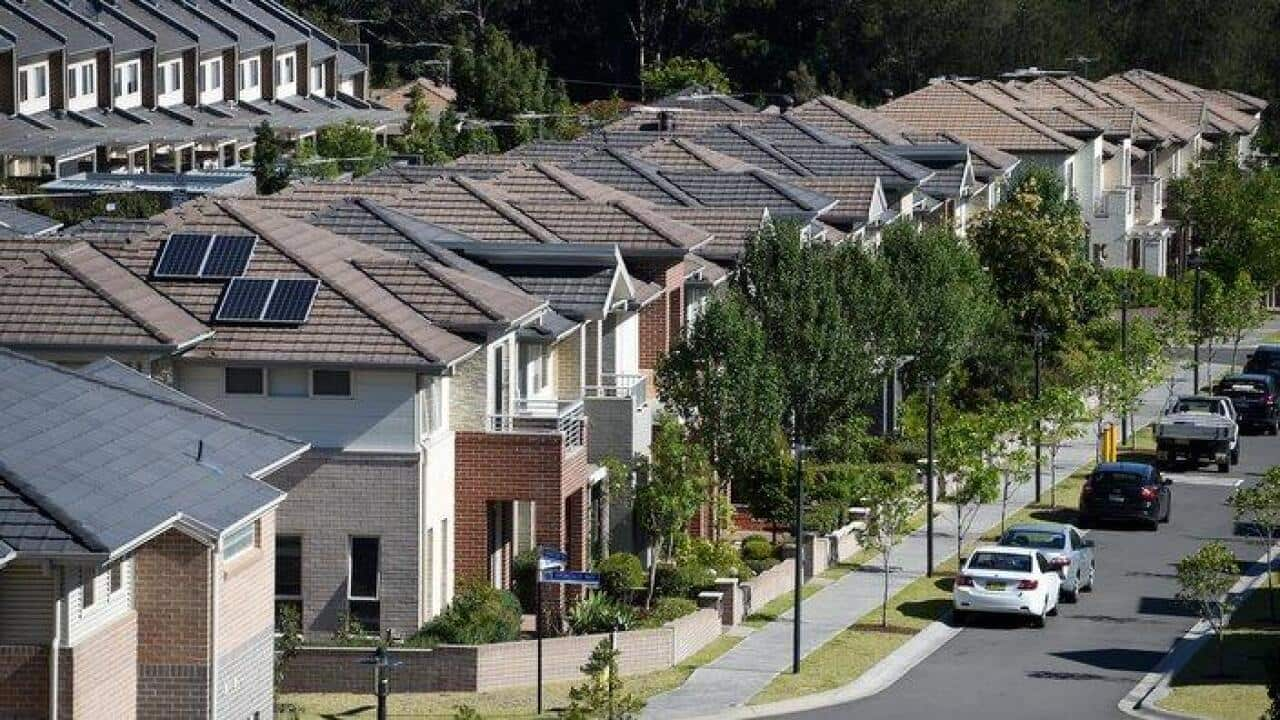The latest Rental Affordability Index reveals Hobart remains the least affordable city for renters in Australia.
But the report has found Sydney is not far off, with data showing people on low-to-medium incomes are struggling to pay their rent in the New South Wales capital.
Hobart has again earned the unfavourable title of least affordable Australian city for renters.
The latest Rental Affordability Index has been released by National Shelter, Community Sector Banking, SGS Economics & Planning, and the Brotherhood of St Laurence.
It's found even households on average incomes in the Tasmanian capital are now at risk of rental stress.
But while Hobart continues to hold the top spot, rental affordability in other cities - like second-placed Sydney - have marginally improved since the last survey six months ago.
James Barron, head of relations at Community Sector Banking, says despite the slight improvement, high rents are still a serious problem across the country.
“Rents are way too high in many, many parts of metropolitan and capital cities of Australia. And it's causing a lot of additional social and economic problems that millions of Australians are confronting as a result of the rents just being far too high,” Mr Barron says.
The Rental Affordability Index measures the price of rents in relation to household incomes.
A rating of 100 and below shows households would be required to spend at least 30 per cent of their income on rent, while an index of 200 or above is considered extremely affordable.
Greater Hobart reached an index of 101 in June this year meaning average rents in the city are now unaffordable.
Greater Sydney is also considered moderately unaffordable, with its index of 113.
Mr Barron says Hobart's poor ranking is a combination of high unemployment and lack of housing, while Sydney's affordability is a result of high demand.
“As the city grows, the more pressure (there is) on infrastructure, more pressure on transport, more and more people are being forced to the outer extremities of those cities where infrastructure is at a premium. So while in some areas supply has started to meet demand, the fact is literally for hundreds of thousands of Sydney-siders who are living up to 20-30 kilometres away from the centre of Sydney, they are spending well and truly over 30 per cent of their weekly income,” Mr Barron adds.
Tenants Union of New South Wales spokesman Leo Patterson Ross says renters in Sydney are finding it difficult to find housing.
“People in the city are really struggling with very high rents. They do tend to have higher incomes but many people across the Greater Sydney area don't earn that much money and so they are often in rental stress. In the regions, we often see lower rental prices but unfortunately there's also lower incomes,” says Mr Ross.
Around the country, Greater Melbourne is considered to be moderately unaffordable for renters with an index of 127.
Rents in Greater Brisbane are now considered acceptable, after recording 123 in the latest index.
Meanwhile, Greater Adelaide has experienced the largest decline in affordability of all the states studied since the last release, recording an index of 114, while renting in Greater Perth is consistently affordable with an index of 144.
National Shelter Executive Officer Adrian Pisarski says the data shows single people are the worst-affected group.
“Both single parents and single adults are finding it really tough. We know that there is also a lot of discussion about single, older females finding it tough and they are the fastest growing group of people representative in homelessness statistics. So they are also a concern, but effectively anybody who is single looking for a one-bedroom property is going to find it very difficult to rent anything that is affordable,” says Mr Pisarski.
Leo Patterson Ross, from the Tenants Union, says one solution to unaffordable rent is for government or agencies to create more housing for people on low incomes or with particular needs.
“The solutions are very similar in every state. We need a lot more social housing. We need to expand the eligibility for our social housing stock in order to create sustainable systems. But to maintain the fairness of the system and to maintain its ability to house the people most in need, we need many hundreds of thousands more housing stock,” adds Mr Ross.
National Shelter's Adrian Pisarski says Australia is in a housing crisis at the moment and a national housing strategy is needed.
“Social housing is part of that, but so too is tax reform, so too is planning measures, so too is doing something about the middle-income groups that are under great housing stress. So to do all of those things in a coordinated, cohesive fashion, we think will require a national housing strategy to make sure over the next 20 years, we don't have the problems we're currently facing,” Mr Pisarski adds.






